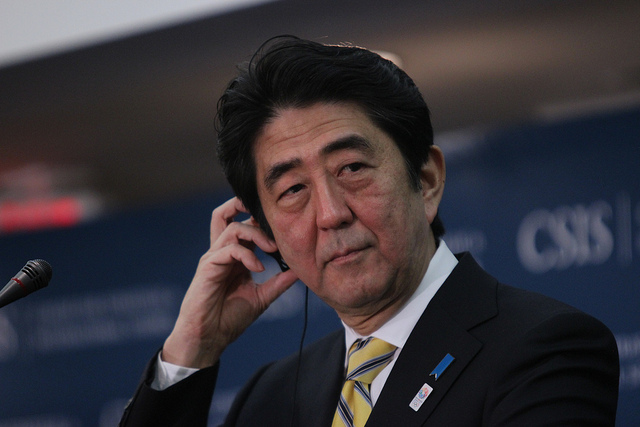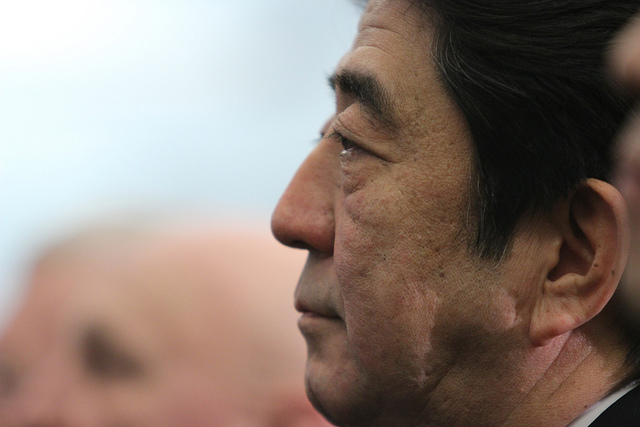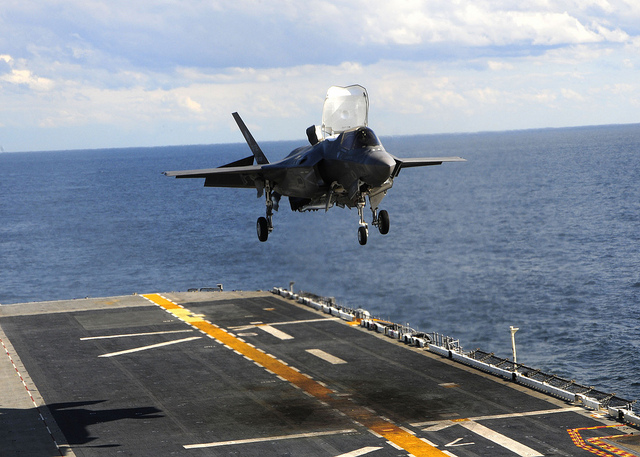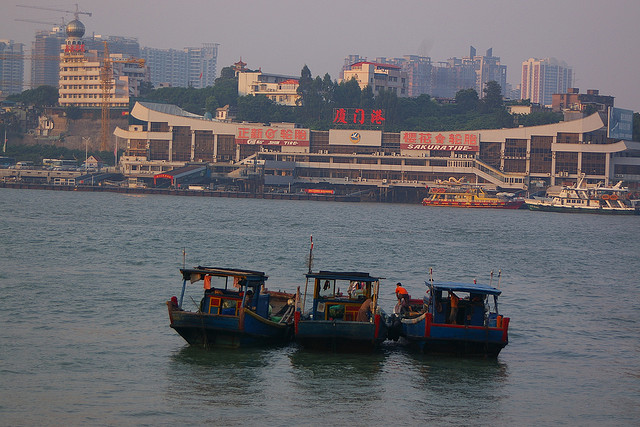Peaceful rise, anyone? China’s East China Sea air defence identification zone
 On 23 November, Beijing declared an East China Sea Air Defence Identification Zone (ADIZ), which not only overlaps significantly with Japan’s but also with Taiwan’s and South Korea’s ADIZs. While the Chinese Ministry of Defense insists that the ADIZ is in ‘accordance with current international practice’, many countries have a very different view, including Australia and its ally the United States. Foreign Minister Julia Bishop called the establishment of the zone ‘unhelpful in light of current regional tensions’ and summoned the Chinese ambassador to express her concerns. US State Secretary John Kerry warned that such ‘escalatory action will only increase tensions in the region and create risks of an incident’. Defense Secretary Chuck Hagel declared the ADIZ a ‘destabilizing attempt to alter the status quo in the region’.
On 23 November, Beijing declared an East China Sea Air Defence Identification Zone (ADIZ), which not only overlaps significantly with Japan’s but also with Taiwan’s and South Korea’s ADIZs. While the Chinese Ministry of Defense insists that the ADIZ is in ‘accordance with current international practice’, many countries have a very different view, including Australia and its ally the United States. Foreign Minister Julia Bishop called the establishment of the zone ‘unhelpful in light of current regional tensions’ and summoned the Chinese ambassador to express her concerns. US State Secretary John Kerry warned that such ‘escalatory action will only increase tensions in the region and create risks of an incident’. Defense Secretary Chuck Hagel declared the ADIZ a ‘destabilizing attempt to alter the status quo in the region’.
The ADIZ is problematic indeed. The rules demand that all aircraft flying in the ADIZ are required to notify flight plans to the Chinese Ministry of Foreign Affairs, respond to orders by Chinese authorities during the flight, and face military action in case of non-compliance. Rule number three specifically states that ‘China’s armed forces will adopt defensive emergency measures to respond to aircraft that do not cooperate in identification or refuse to follow the instructions’. China provided a very assertive understanding of an ADIZ, defining it as ‘an area of air space established by a coastal state beyond its territorial airspace to timely identify, monitor, control and react to aircraft entering this zone with potential air threats’. In contrast, the Pentagon sees it as an ‘airspace of defined dimensions within which the ready identification, location, and control of airborne vehicles are required’. As Secretary Kerry stressed, the US also ‘does not apply its ADIZ procedures on foreign aircraft not intending to enter U.S. national airspace’.
In sum, China’s ADIZ undermines the freedom of overflight in East Asia. But there are at least four even broader strategic implications. Read more









